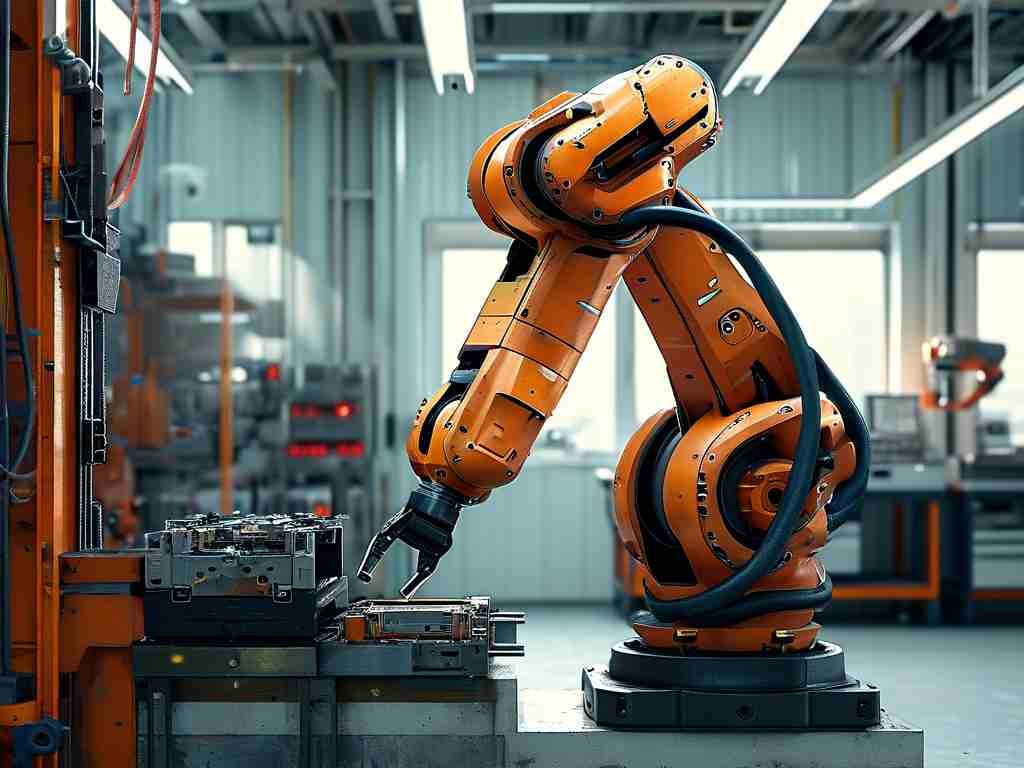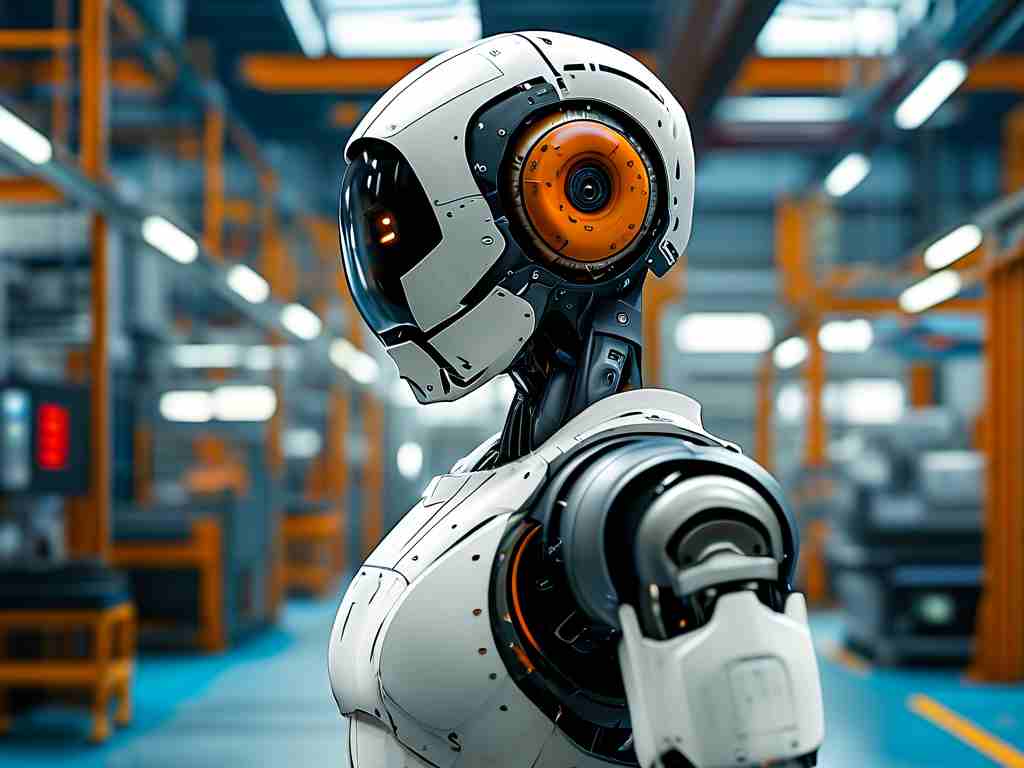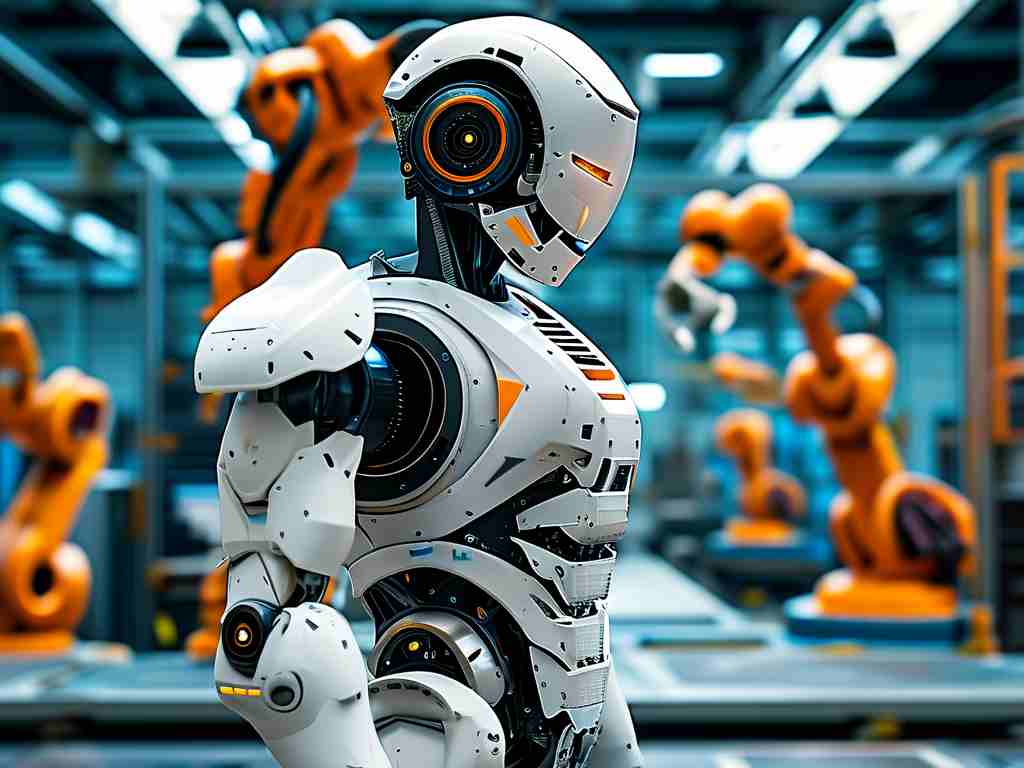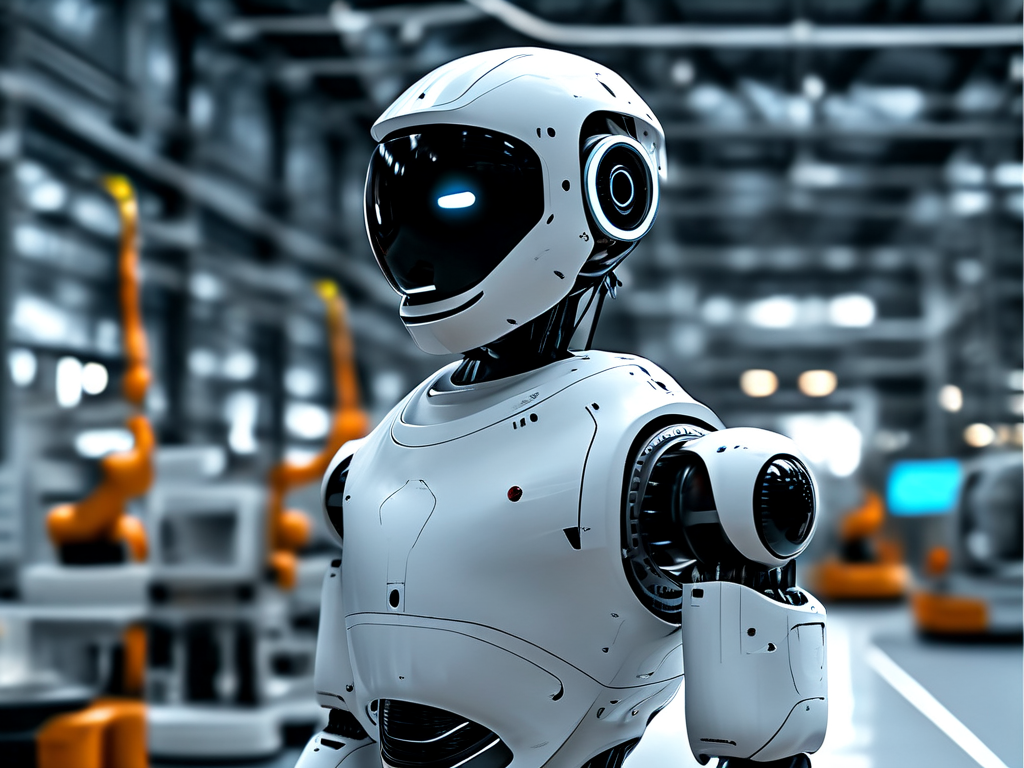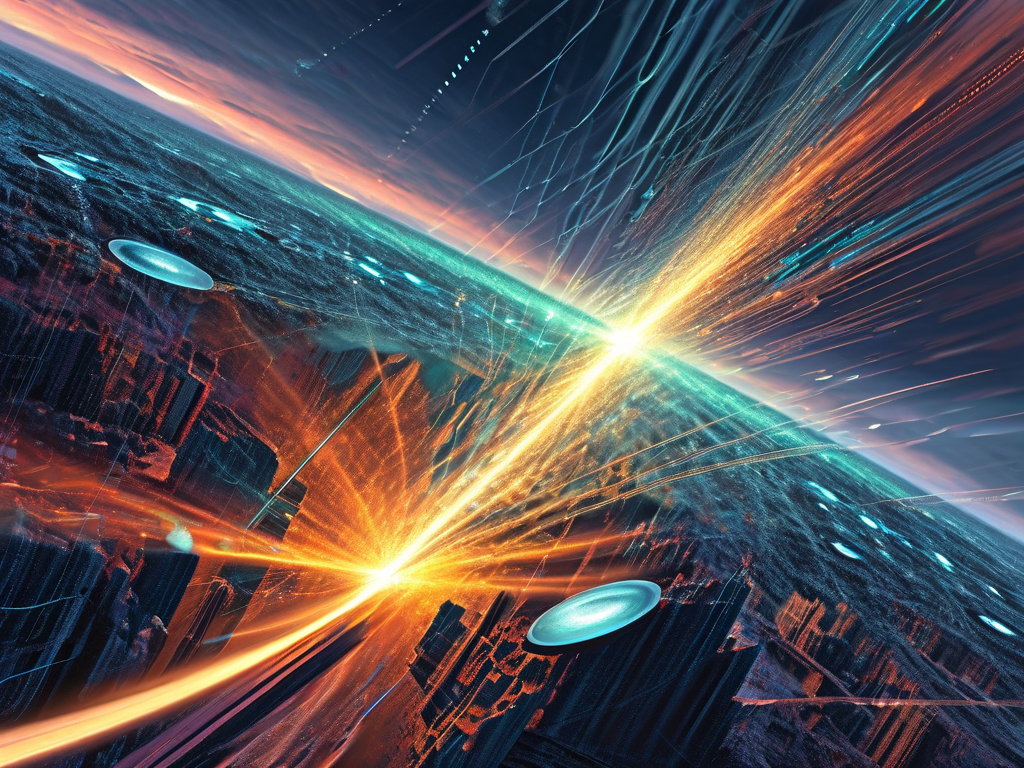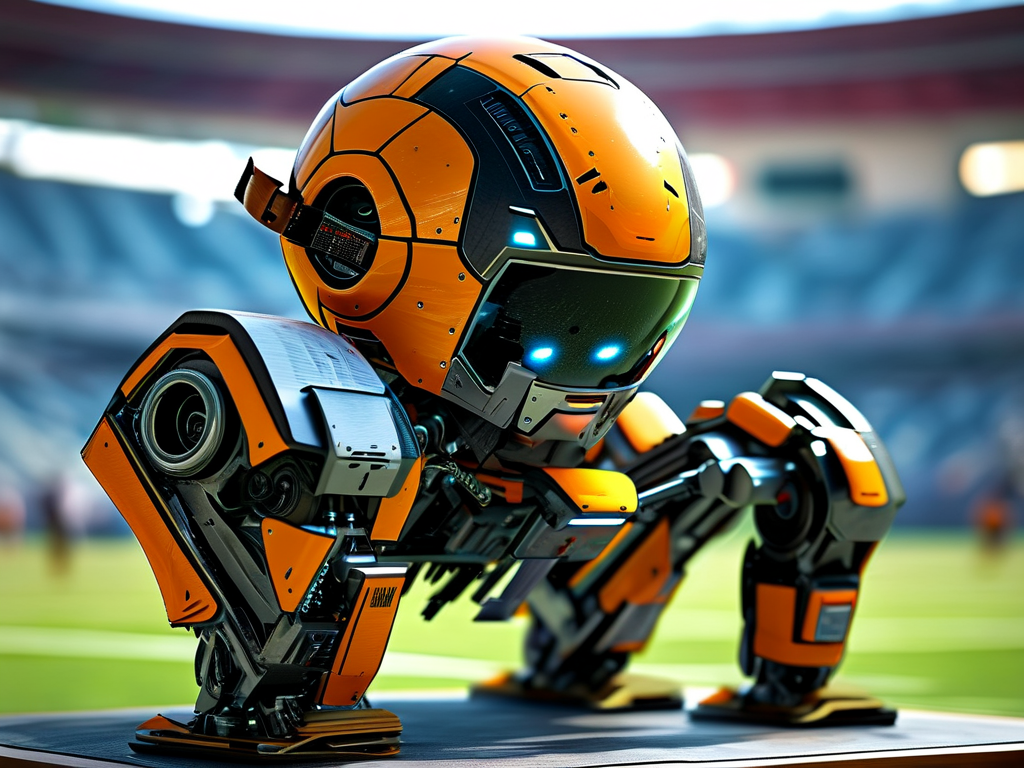The integration of robotics into filming technology has revolutionized how visual content is captured across industries. By combining precision engineering, artificial intelligence, and adaptive control systems, robotic filming solutions now enable creators to achieve shots previously deemed impossible. This article explores the core technologies behind robotic filming, their applications, and the challenges shaping their evolution.

Core Components of Robotic Filming Systems
Modern robotic filming relies on three interconnected technologies: automated motion control, AI-driven scene analysis, and real-time feedback mechanisms. Motion control systems use servo motors and programmable arms to execute complex camera movements—such as 360-degree rotations or dynamic tracking shots—with sub-millimeter accuracy. For example, the Cinebot X9 model employs carbon-fiber arms capable of carrying 15kg camera rigs while maintaining fluid motion.
AI algorithms analyze scene composition, lighting conditions, and subject movement to optimize framing. The VisionTrack SDK processes 4K video feeds at 120fps to automatically adjust focus and exposure during live broadcasts. Real-time lidar sensors enhance spatial awareness, allowing robotic rigs to avoid obstacles in unpredictable environments like sports fields or nature documentaries.
Industry Applications
1. Cinematic Production
Blockbuster films increasingly use robotic camera sliders and drone-mounted systems to capture high-risk sequences. The production of Galactic Horizon utilized robotic cranes to film zero-gravity simulation scenes, reducing reshoots by 42% compared to manual operations.
2. Live Event Broadcasting
At the 2023 Global Athletics Championship, autonomous camera drones tracked sprinters using biometric wristband data, maintaining perfect framing despite athletes reaching speeds of 23mph. This technology eliminated the need for 30% of manual camera operators while improving viewer engagement metrics.
3. Medical Documentation
Robotic filming rigs in operating theaters provide stabilized 8K footage for surgical training. The MediRecorder system syncs with robotic surgical tools, automatically zooming into incision sites while maintaining sterile field protocols.
Technical Challenges and Solutions
Environmental adaptability remains a key hurdle. Dust, moisture, and electromagnetic interference can disrupt sensor arrays. The StormShield enclosure series addresses this with IP68-rated housings and Faraday cage shielding, tested successfully in volcanic documentary shoots.
Another challenge is latency in wireless systems. New 5G-mmWave hybrid protocols have reduced control signal delay to 8ms, enabling real-time adjustments during live concerts and motorsports. The BeamLink X12 transmitter demonstrated this during a live Formula E broadcast, where robotic cameras maintained uninterrupted feeds despite cars traveling at 174mph.
Ethical and Creative Considerations
While robotic filming enhances efficiency, debates persist about its impact on artistic expression. Cinematographers like Sofia Marquez argue that "algorithms can't replicate human intuition for emotional framing." However, tools like the EmotiveFrame AI plugin attempt to bridge this gap by analyzing decades of award-winning shots to suggest composition styles.
Data privacy also emerges as a concern in public spaces. The EU’s 2024 Robotic Imaging Compliance Act now requires visible markers on all autonomous filming devices and real-time anonymization features for crowd footage.
Future Directions
Emerging technologies like quantum-enabled image stabilization and self-powered solar-drone cameras hint at the next frontier. Researchers at Tokyo Tech recently demonstrated a robotic camera that uses predictive meteorology data to anticipate lightning strikes during storm-chasing documentaries.
As edge computing improves, expect to see decentralized robotic filming networks where multiple units collaboratively adjust angles and lighting—a concept successfully trialed during the Paris 2024 Olympic opening ceremony.
In , robotic filming technology transcends mere automation, creating new creative possibilities while demanding careful balance between technical innovation and human artistry. As these systems become more accessible—with entry-level models like ShotProdigy V3 now priced under $4,000—their transformative impact on visual storytelling will only accelerate.


